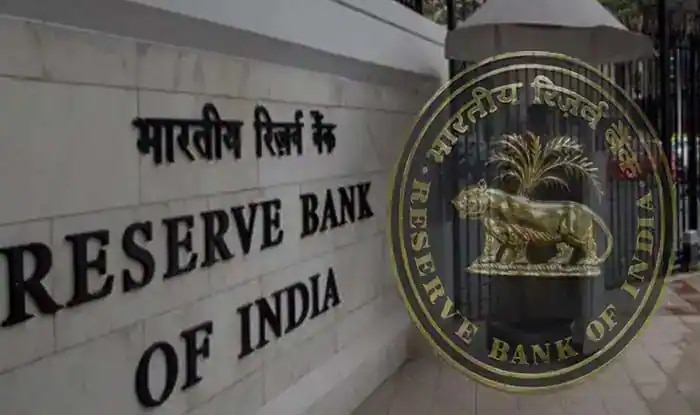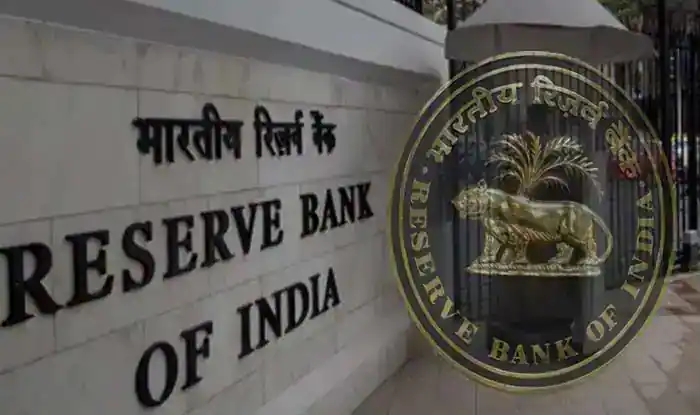[ad_1]

Mumbai: With inflation coming off its recent peak, India is expected to stay on course to become the world’s fastest-growing economy, the Reserve Bank of India (RBI) said on Saturday. In it’s bulletin, the Central Bank noted that India’s economy has remained resilient in the face of global headwinds and the recent revival of the southwest monsoon and renewed planting have raised expectations that rural demand will soon catch up with urban spending and consolidate a recovery.Also Read – India’s WPI Inflation Rate Eases To 15.18 Per Cent, Marginally Lower Than May Numbers | Deets Here
“Knock-on effects of geopolitical spillovers are visible in several sectors, tapering the pace of recovery,” the RBI said, adding that in spite of this overwhelming shock, “there are sparks in the wind that ignite the innate strength of the economy and set it on course to becoming the fastest growing economy in the world, though besieged it might be by fears of recession.” Also Read – RBI imposes Penalty Of Rs 1.67 Crore On Ola Financial Services Over Non-Compliance of KYC Guidelines
The Central Bank did not give a time frame, but it said that if the commodity price moderation witnessed in recent weeks endures alongside the easing of supply chain pressures, the worst of the recent surge in inflation will be over. Also Read – RBI Announces Mechanism For Settlement of International Trade in Indian Rupees. Here’s How It Will Work
India’s annual consumer inflation remained painfully above the 7 per cent mark and beyond the RBI’s tolerance band for the sixth month in a row, data last week showed. “There is some evidence now that supply-chain pressures are peaking globally and in India, so that a major source of upward inflation pressures may be ebbing,” the RBI noted.
Referring to the impact of high global crude prices on India’s current account deficit (CAD), RBI said the CAD could widen to 2.3 per cent of GDP in 2022-23 if oil prices average USD 105 per barrel. It would widen to 2.8 per cent if oil averages USD 120 per barrel but still remain “within the sustainable limit of 3 per cent”.
According to the data released in June, the CAD stood at 1.2 per cent of GDP in 2021-22.
RBI added the external debt remains modest as a proportion to GDP and has actually declined between March 2021 and March 2022.
$(document).ready(function(){ $('#commentbtn').on("click",function(){ (function(d, s, id) { var js, fjs = d.getElementsByTagName(s)[0]; if (d.getElementById(id)) return; js = d.createElement(s); js.id = id; js.src = "//connect.facebook.net/en_US/all.js#xfbml=1&appId=178196885542208"; fjs.parentNode.insertBefore(js, fjs); }(document, 'script', 'facebook-jssdk'));
$(".cmntbox").toggle();
});
});
[ad_2]
Source link
